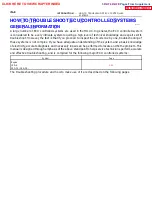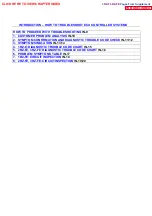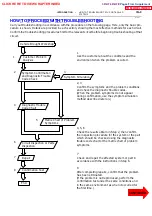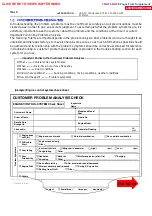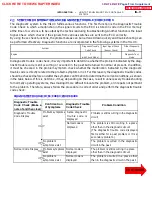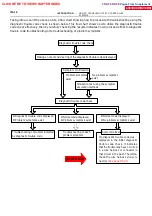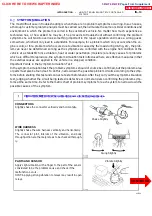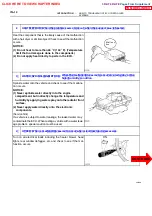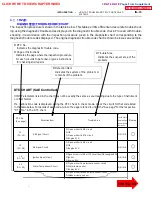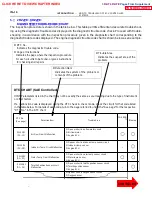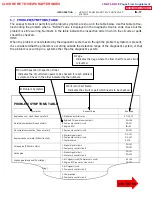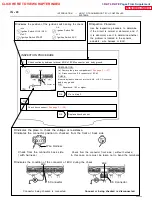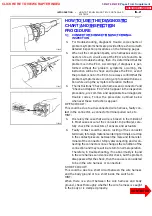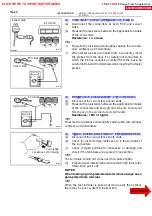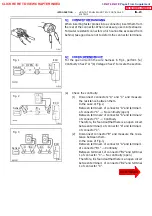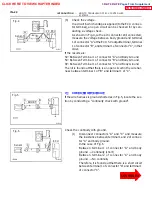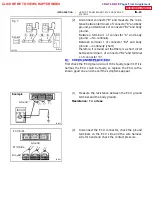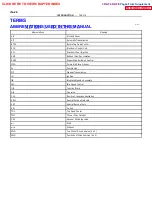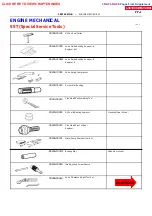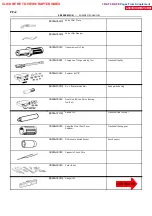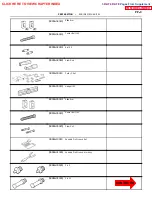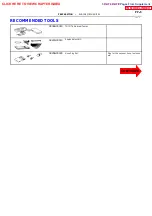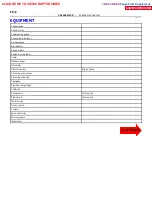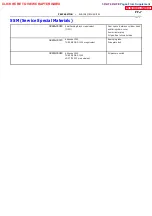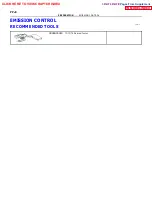
FI0046
FI0047
FI0048
IN033--01
--
INTRODUCTION
HOW TO TROUBLESHOOT ECU CONTROLLED
SYSTEMS
IN--21
HOW TO US E THE DI AGNOS TI C
CHART AND I NS P E CT I ON
PROCEDURE
1 . CO NNE CTO R CO NNE CTI O N AND TE RMI NAL
INSPECTION
S
For troubleshooting, diagnostic trouble code charts or
problem symptom charts are provided for each circuit with
detailed inspection procedures on the following pages.
S
When all the component parts, wire harnesses and con-
nectors of each circuit except the ECU are found to be
normal in troubleshooting, then it is determined that the
problem is in the ECU. Accordingly, if diagnosis is per-
formed without the problem symptoms occurring, the
instruction will be to check and replace the ECU, even if
the problem is not in the ECU. So always confirm that the
problem symptoms are occurring, or proceed with inspec-
tion while using the symptom simulation method.
S
The instructions ”Check wire harness and connector” and
”Check and replace ECU” which appear in the inspection
procedure, are common and applicable to all diagnostic
trouble codes. Follow the procedure outlined below
whenever these instructions appear.
OPEN CIRCUIT:
This could be due to a disconnected wire harness, faulty con-
tact in the connector, a connector terminal pulled out, etc.
HINT:
S
It is rarely the case that a wire is broken in the middle of
it. Most cases occur at the connector. In particular, care-
fully check the connectors of sensors and actuators.
S
Faulty contact could be due to rusting of the connector
terminals, to foreign materials entering terminals or a drop
in the contact pressure between the male and female ter-
minals of the connector. Simply disconnecting and recon-
necting the connectors once changes the condition of the
connection and may result in a return to normal operation.
Therefore, in troubleshooting, if no abnormality is found
in the wire harness and connector check, but the problem
disappears after the check, then the cause is considered
to be in the wire harness or connectors.
SHORT CIRCUIT:
This could be due to a short circuit between the wire harness
and the body ground or to a short inside the switch etc.
HINT:
When there is a short between the wire harness and body
ground, check thoroughly whether the wire harness is caught
in the body or is clamped properly.
CLICK HERE TO VIEW CHAPTER INDEX
Pages From Supplement
3RZ-F,3RZ-FE

